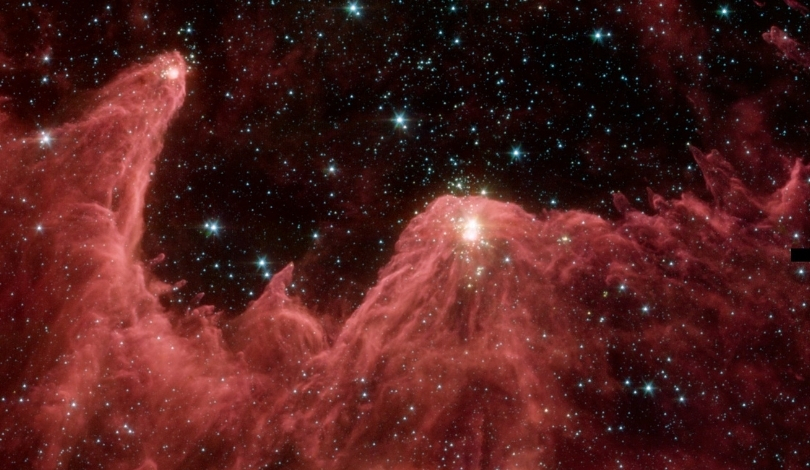A recent study suggests that a supernova explosion approximately 2.5 million years ago may have played a significant role in shaping the evolution of life on Earth. This cosmic event is believed to have emitted gamma rays that could have damaged DNA in organisms residing in Lake Tanganyika, Africa’s deepest lake. The findings open new avenues in understanding how extraterrestrial phenomena influence biological and geological processes on our planet.
Earlier research has explored the impact of supernovae on Earth’s environment, primarily focusing on atmospheric changes and geological deposits. However, this study provides a direct connection between a supernova event and potential biological consequences, such as increased mutation rates and virus diversification. By analyzing iron-60 isotopes in lake sediments, scientists have gained insights into the timing and intensity of such cosmic events.
What Evidence Links the Supernova to DNA Damage?
The research team examined iron-60 samples from the seafloor of Lake Tanganyika, identifying two distinct age groups of the isotope. Their analysis indicated that the younger iron-60 traces originated from a supernova that bombarded Earth with cosmic rays, intense enough to potentially break DNA strands. This correlation suggests that the radiation from the supernova could have led to genetic mutations in aquatic life forms.
How Did the Supernova Influence Virus Evolution?
The study posits that the radiation spike coincided with a notable increase in virus diversity in Lake Tanganyika. The researchers theorize that the DNA damage caused by the supernova could have accelerated evolutionary changes, resulting in a surge of viral mutations and diversification. This link underscores the broader implications of cosmic events on microbial evolution and ecosystem dynamics.
What Implications Does This Study Have for Future Research?
The findings encourage further exploration into the relationship between astronomical events and biological evolution. Understanding how supernovae and other cosmic phenomena affect life on Earth can provide valuable insights into the resilience and adaptability of organisms. Additionally, this research highlights the importance of interdisciplinary studies combining astronomy, geology, and biology to unravel the complexities of Earth’s history.
The study, led by Caitlyn Nojiri and her team from the University of California Santa Cruz (UCSC), emphasizes the intricate connections between celestial occurrences and terrestrial life. By bridging gaps between different scientific fields, the research offers a comprehensive perspective on how external forces shape the evolution of life on our planet.
Advancements in isotope analysis and cosmic event modeling will likely enhance our understanding of similar interactions in the future. These insights can contribute to predicting potential biological impacts of future supernovae and preparing for possible environmental changes triggered by such events.
“It’s really cool to find ways in which these super distant things could impact our lives or the planet’s habitability. The iron-60 is a way to trace back when the supernovae were occurring. From two to three million years ago, we think that a supernova happened nearby. We saw from other papers that radiation can damage DNA. That could be an accelerant for evolutionary changes or mutations in cells. We can’t say that they are connected, but they have a similar timeframe. We thought it was interesting that there was an increased diversification in the viruses.”
Understanding the role of supernovae in Earth’s biological history provides a deeper appreciation for the interconnectedness of cosmic and life sciences. This knowledge not only enriches our comprehension of evolutionary processes but also prepares us for anticipating future astronomical events that may influence life on Earth.










